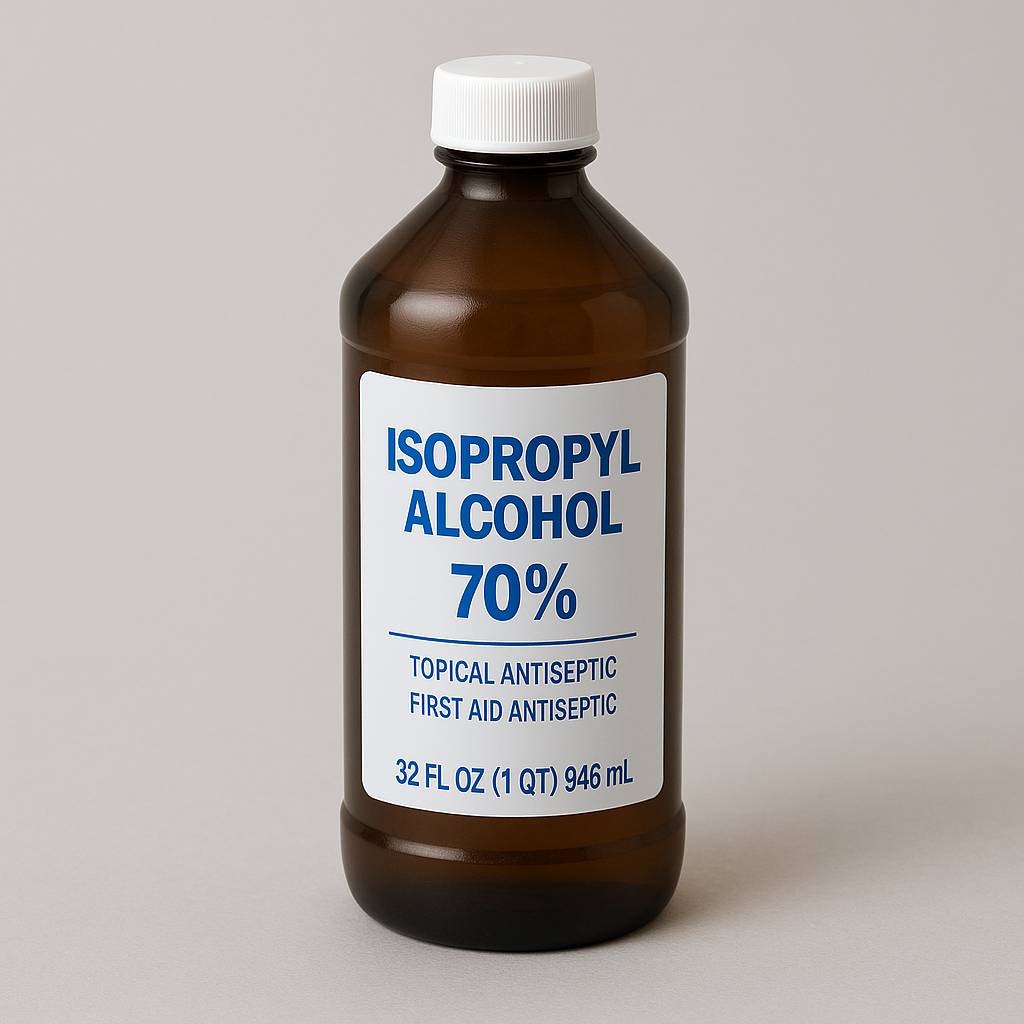Sola-Cure Marine Blinds are engineered to endure the extreme marine environment — from intense UV rays and salt-laden air to constant humidity. However, even the most durable blinds require routine care to stay in optimal shape and deliver peak performance.
The good news? Keeping your marine blinds clean and well-maintained is straightforward when you follow the proper steps. This guide walks you through the entire process — from everyday upkeep to using isopropyl alcohol for deeper cleaning.
Why It’s Important to Maintain Marine Blinds
Marine blinds face several challenges that make regular maintenance essential:
Without proper upkeep, these factors can degrade both the function and appearance of your blinds. Fortunately, consistent care can greatly extend their lifespan and ensure they remain as sleek and professional as the day they were installed — all while contributing to a more comfortable onboard experience.
Step-by-Step Care Instructions
1. Routine Dusting and Basic Cleaning
Staying on top of light cleaning is your best defense against long-term damage.
-
Weekly Dust Removal:
Use a feather duster or a microfiber cloth to gently remove dust, salt particles, and dirt. Always apply light pressure to avoid scratching the UV-protective film. Pay extra attention to seams and edges where buildup may occur.
-
Monthly Surface Wipe:
Once a month, use a cloth dampened with clean freshwater to wipe down the blinds. Immediately follow with a dry microfiber cloth to prevent any streaks or water spots from forming.
Pro Tip: Keeping up with weekly dusting minimizes the need for intensive cleaning and helps preserve that polished, like-new appearance.

2. Stabilize Before You Clean
Before applying pressure to your blinds during cleaning:
-
Position a flat, hard object like a smooth acrylic sheet, plastic cutting board, or plexiglass panel behind the blind.
-
This support helps prevent bending, stretching, or distorting the material — especially the UV film, which can weaken if mishandled.
Always clean your blinds with a supportive surface behind them to maintain their structural integrity and ensure uniform pressure.
3. Use Gentle, Circular Motions When Wiping
When cleaning:
-
Choose a clean microfiber cloth or another lint-free option meant for delicate finishes.
-
Use light, circular motions to lift debris and smudges without putting stress on the surface.
-
Avoid dragging the cloth across the blinds — dragging can cause tiny scratches or even slight warping over time.
Imagine cleaning a glass lens — the gentler, the better.
4. Select Cleaning Products Wisely
What you use to clean is just as important as how you clean.
-
Mild Soap Solution:
For regular cleaning, mix a few drops of mild dish soap with freshwater. Lightly dampen your cloth — do not apply the solution directly to the blind.
-
Isopropyl Alcohol for Problem Areas:
To remove fingerprints, grease, or tougher stains, moisten a soft cloth with 70% isopropyl alcohol and gently spot-clean the affected area. Wipe immediately with a dry cloth to eliminate any residue.
Avoid:
Bleach, ammonia, and other harsh chemicals or abrasive products — they can damage the protective coating, fade colors, or degrade the UV film over time.

5. Protect Against Salt Exposure
Although Sola-Cure blinds are installed inside the cabin, salt can still make its way indoors — particularly when windows or hatches are left open while underway.
If you suspect your blinds have been exposed to salty air or mist:
-
Occasional Freshwater Rinse:
Gently rinse the blinds using clean freshwater to remove any salt that may have settled. This is not a weekly requirement but is recommended after extended periods at sea.
-
Dry Completely:
Use a soft towel to thoroughly dry the blinds. Letting water air-dry can cause mineral deposits, water marks, or corrosion over time.
Prompt rinsing and drying after exposure to salt water will help prevent long-term damage.
6. Prevent Mold and Mildew on Fabric Blinds
Note: These tips apply only to blackout and perforated fabric blinds — not UV film blinds, which are more resistant to mold.
-
Encourage Ventilation:
Ensure fresh air is circulating throughout the cabin, especially after cleaning or on humid days. Good airflow discourages mold and mildew growth on soft surfaces like fabric blinds and upholstery.
-
Optional Mildew Protection:
Consider applying a marine-safe mildew prevention spray a few times per year on blackout or perforated fabric blinds, especially before long journeys. Always follow product directions carefully and avoid using these sprays on UV film blinds, which do not require them.
By improving air circulation and applying preventive treatments when needed, you help keep your onboard environment fresh and healthy.
7. Don’t Forget the Hardware
Cords, brackets, and mounting systems also need attention to ensure long-term reliability.
-
Regular Hardware Checks:
Inspect your blinds’ components monthly — look for signs of corrosion, rust, frayed cords, or mechanical wear. Tightening any loose parts helps ensure smooth operation and prevents unexpected issues.
Conclusion: Long-Term Care Pays Off
A small amount of regular care goes a long way when it comes to preserving your marine blinds. A few minutes of light cleaning, proper drying, and routine inspections can significantly extend their service life.
Checklist for Ongoing Maintenance:
-
✅ Weekly gentle dusting
-
✅ Occasional freshwater rinses when exposed to salt
-
✅ Careful use of mild cleaners
-
✅ Good airflow for fabric blinds
-
✅ Monthly hardware inspections
By incorporating these habits into your onboard routine, your marine blinds will remain in peak condition, trip after trip.
More Information about Sola-Cure Blinds:
Common Questions About Sizing & Installing Sola-Cure Marine Blinds
Benefits of Using Solar Shades on Your Vessel